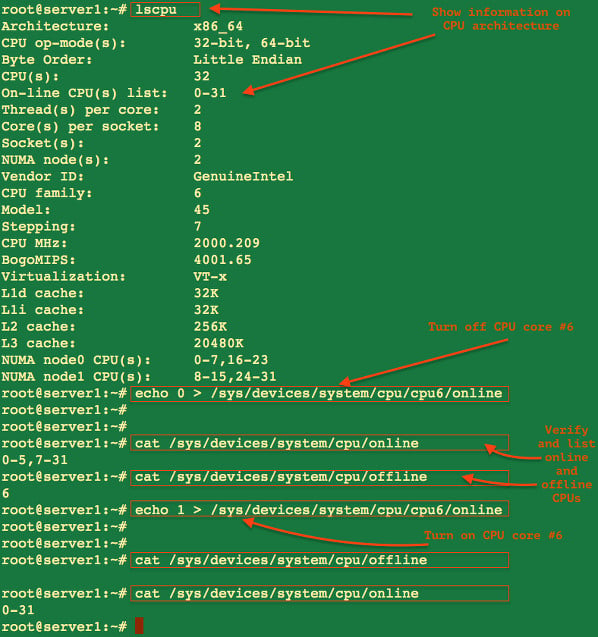Well, I enjoy reading Nosta and Rich's comments. Zen4 is still in design afaik. I don't think it's too much of a stretch that Zen4 has some form of 4-way MT.
For Zen3 to have it was much more of a hope than an expectation.
And i did mostly agree with you folks. Namely, that underutilization of pipes @ SMT2 isn't going to be a problem at least for desktop. So most likely the same power efficiency recipe is going to be applied as was quite successfully done during the Steamroller → XV upgrade, and also in Zen1, namely heavy gating and powering down of unused circuits, and lots of sensors to allow minimized voltage. Maybe also work on IF and SoC uncore savings. Those things combined with the substantial savings from 7nm should get them pretty far.
I think they will have a killer mobile APU and I hope they skip straight to Zen3 for their monolithic mobile focused APU.
Between Zen2 and Zen3 (or just Zen3 if Zen2 skips monolithic) I think they have enough budget to have two APU dies; small and large. It would make sense for small die to arrive first and wait a bit on 7nm to mature. Small die being quadcore with ~8CU (possibly as low as 6CU) and with the big die being octacore with ~16CU.
A big core 8c APU is going to draw some considerable wattage, even on 7nm. But they can bin these so that most mobile end up being 6c while purposing the bulk of 8c's to desktop.
Also, the software side for minimizing wattage while unplugged should be simple as most real OS's support hotplug CPU. It's a one liner in linux to power down a core.
How do I hotplug a CPU on a running Linux system? I would like to dynamically enable or disable a CPU on a running system?

www.cyberciti.biz
True, but wattage also scales linearly (or affinely, counting uncore wattage) with cores.
So if the uncore and minimally active iGPU account for 1/3 the wattage, ~5W (on a 15W mobile quadcore APU), then the octacore equivalent is going to want to be a 25W tdp part.
I do think/hope that they will have a top bin 8c with 15W tdp and that they can also get good near idle wattage with some software tweaks.




